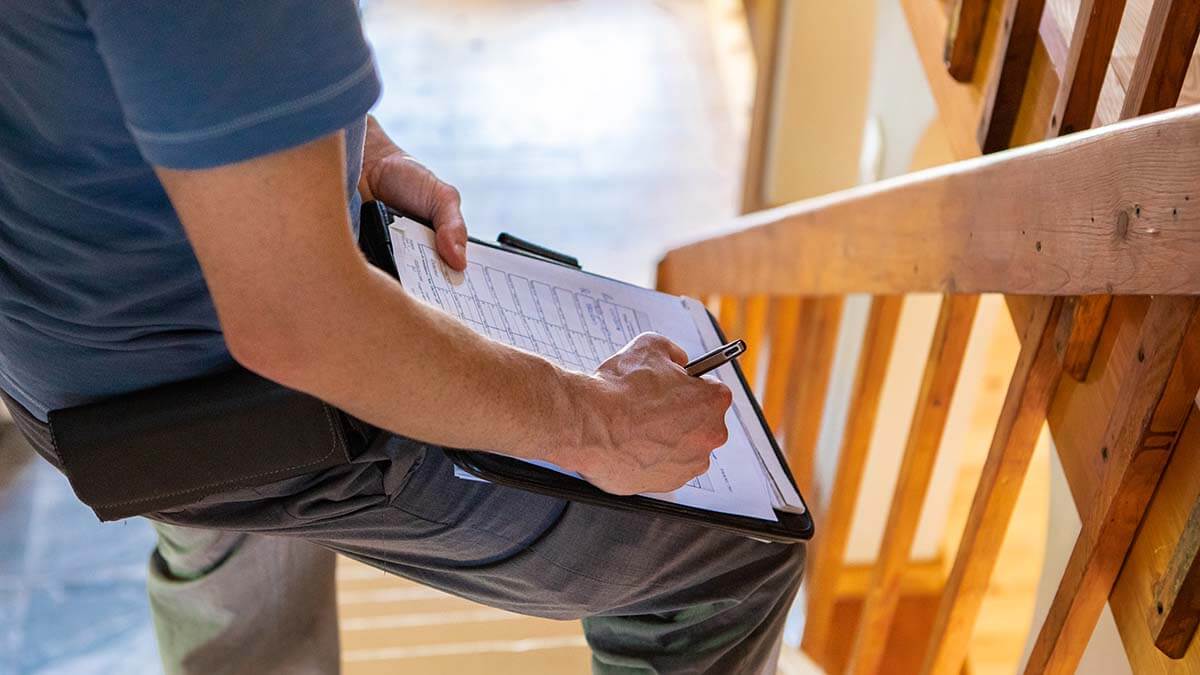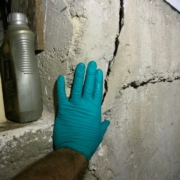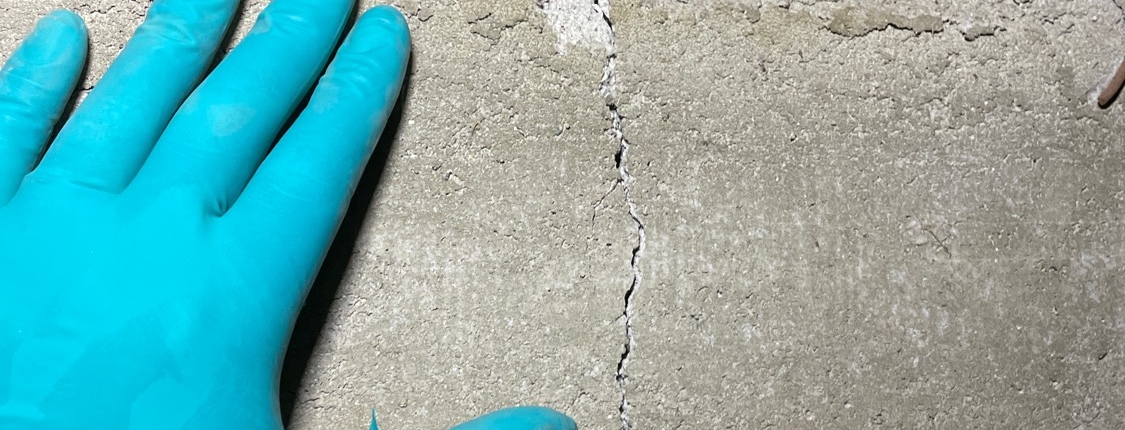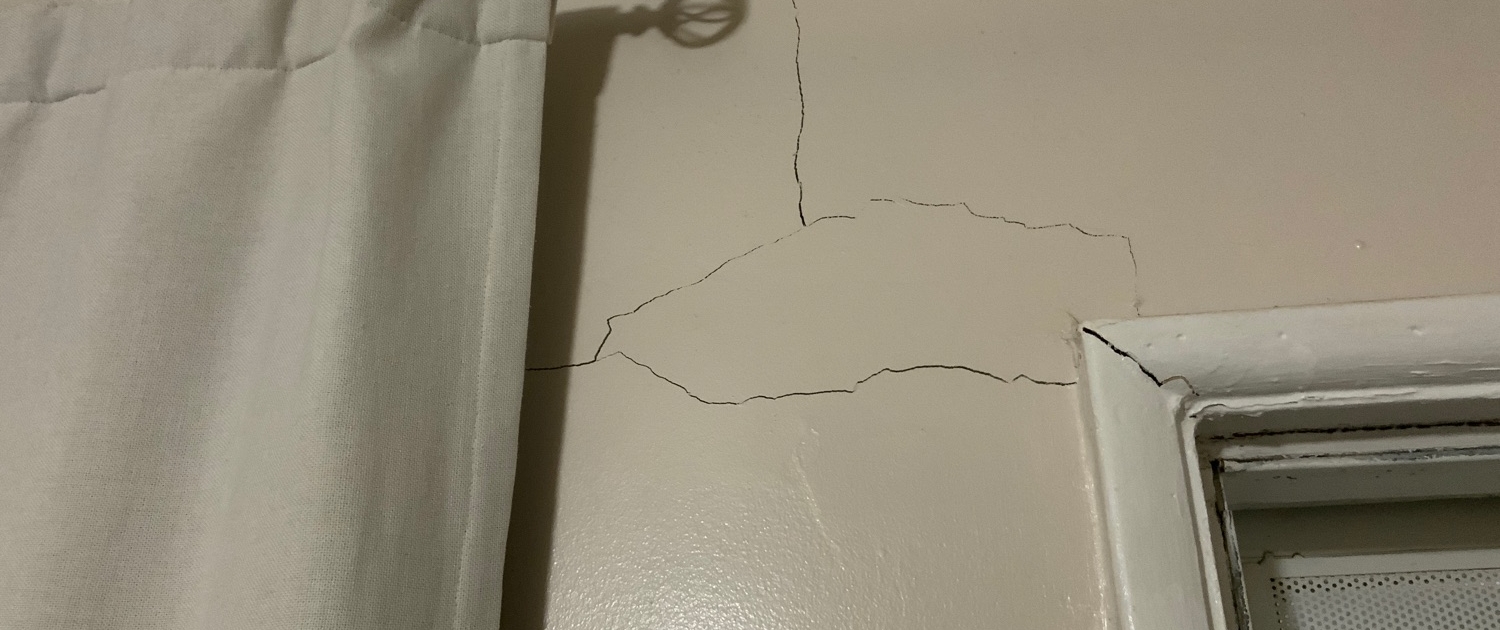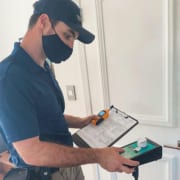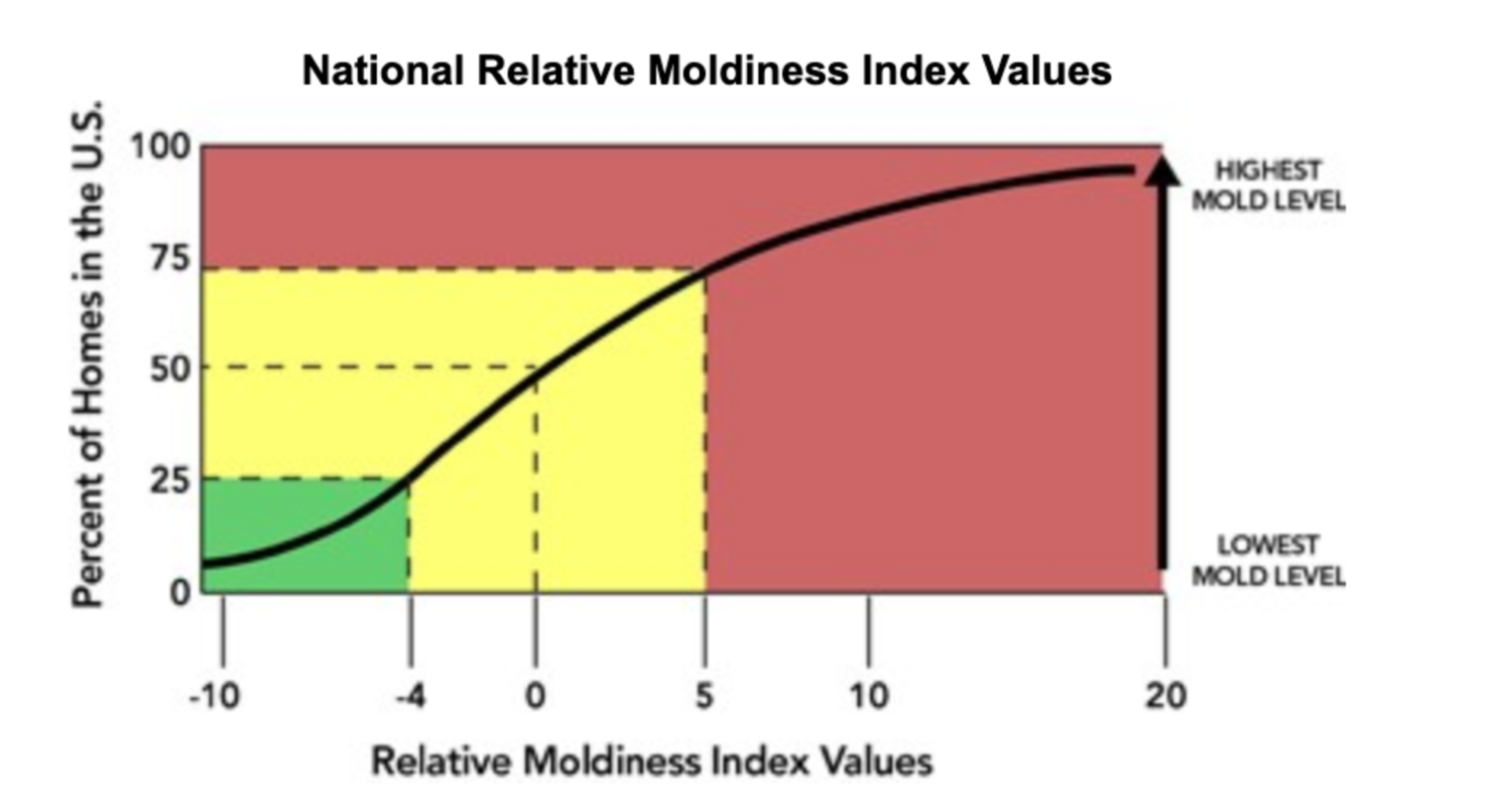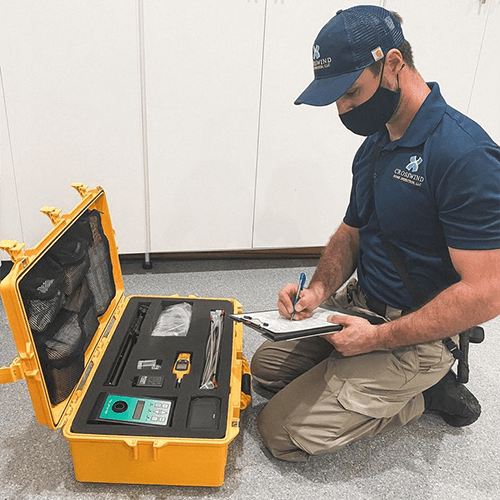The market is shifting, and the data doesn’t lie; 34.5% of active orange county listings have had price reductions, and 31.1% for L.A. county as of august 2022). Gone are the days when a seller could expect 20-50 offers above asking and tell a buyer to pound sand unless they waive X, Y, and Z. The number of offers has gone down, and more and more sellers are being hit with requests for repairs, and if you haven’t yet, they’re coming. So how are our most successful agents staying ahead of the curve in such a rapidly changing southern California real estate market? They are utilizing pre-listing inspections prior to bringing their listing to market and leveraging the information gained from that report to help them sell it faster and for more money.
I’m going to let you in on their secret and help you leverage this tactic to benefit you.
Before you put your listing on the market, have a pre-listing inspection performed by a certified home inspector in the same manner that a buyer’s inspector would, this will allow you to get ahead of any potential deal-killing discoveries. Even if something big is discovered, you now have the time to deal with it effectively without the huge stress of being in escrow and under a tight timeline. Once you have addressed any concerns, you can now confidently list your property and price it accurately, knowing all “red flags” have been taken care of. It may be a small investment upfront, but you are potentially saving yourself and your seller thousands on the back end. (read this article for more about pre-listing tips)
Pre-listing inspections increase buyer confidence and rule out uncommitted offers
Our top agents have told us they routinely display their pre-listing inspection report along with any proof of repairs at showings and open houses in order to attract only the most serious of offers. It lets buyers understand the condition of the home prior to making an offer and greatly helps reduce buyer fear or trepidation. When an offer is submitted-you know they mean business.
The best way to win a round of negotiation is to not enter it at all.
We all know there can be multiple rounds of negotiation and points of contention in the escrow process and the best way to win is to remove their leverage to the greatest extent possible (their leverage being surprise findings during the inspection process). Everyone involved already knows the condition of the home and what has already been fixed; what more can they ask of you? In a normal transaction-not a whole lot, really. Congratulations, You’ve just won a round of negotiation without ever really stepping into the ring.


